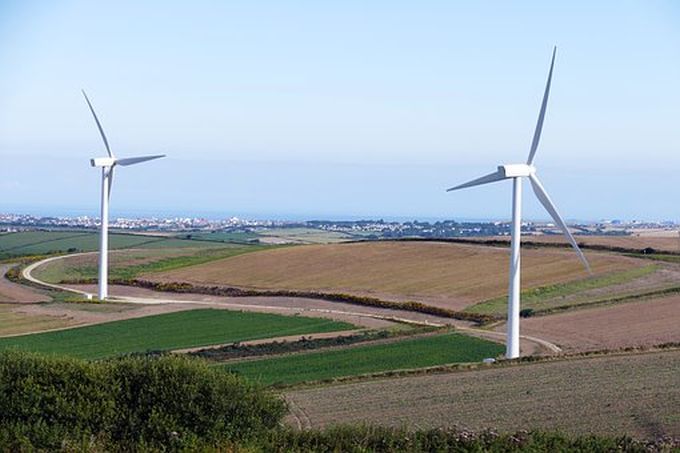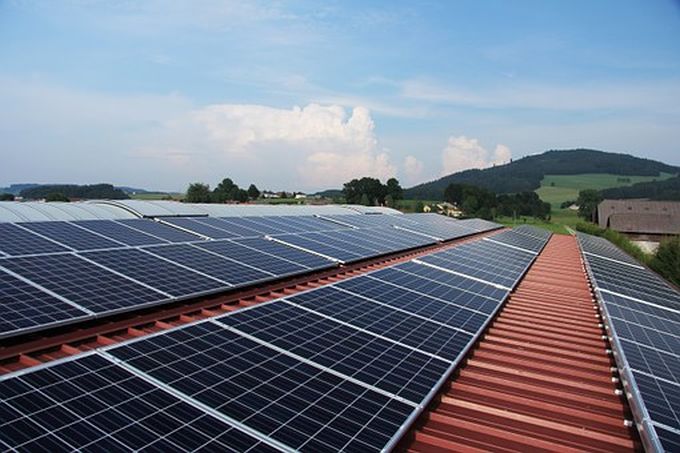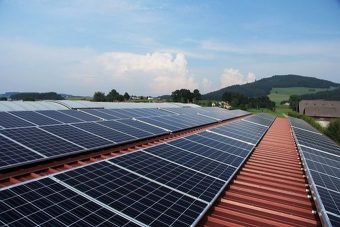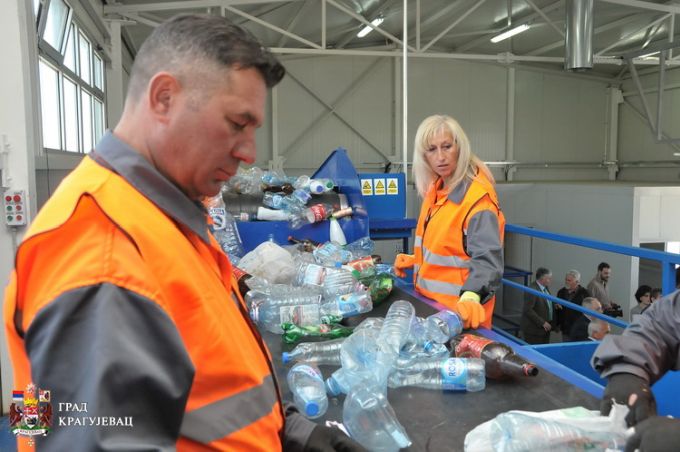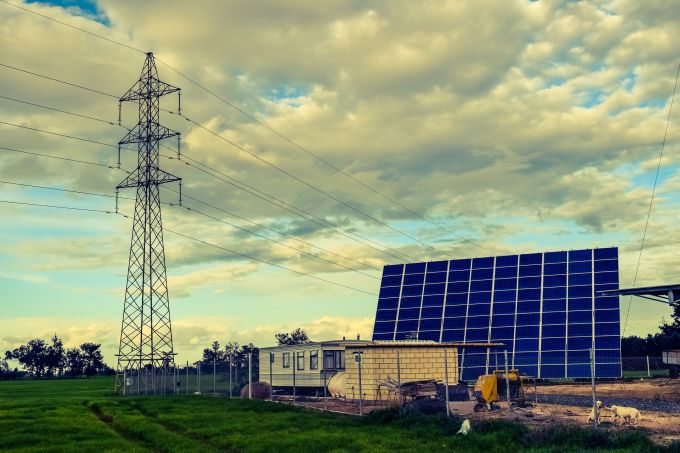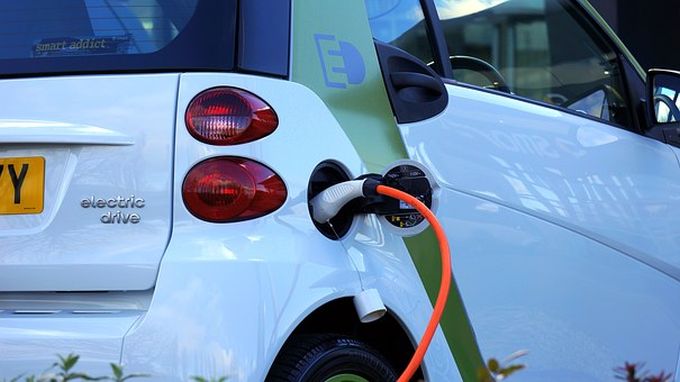
IKEA and Solarcentury have teamed up to launch a new range of Solar Battery Storage products in the retail giant’s stores, claiming the offering will help cut homeowners’ electricity bills by up to 70 per cent.
Designed to work alongside existing home solar panels or as part of a new combined solar panel and battery storage system, the range of products will enable homeowners to use more of the electricity generated by the solar panels by using the battery to store excess power for later use.
The two companies said the new offering would help homeowners make “huge savings” on their electricity bills, while also increasing the rate at which they can reap benefits from their investment in solar panels.
Available to purchase online via the IKEA UK website, IKEA Solar Battery Storage prices can start at £3,000 including VAT, while prices for homeowners who already have solar and want to add a battery start from just under £5,000, depending on installation costs and the number of new or existing solar panels.
Both quoted prices also include a 15 per cent discount available to IKEA Family members.
Installation can take around three weeks and customers can receive a free cost estimate by using the Solarcentury calculator on the IKEA UK website.
Having first started selling solar panels in stores last year, Hege Saebjornsen, country sustainability manager for IKEA UK & Ireland, said the new offering would further help customers cut both bills and carbon emissions.
“We know that our customers want to live more sustainably and together with Solarcentury we will help them to get more value from their solar panels and do just that,” she said. “With energy bills already going up 15 per cent this year there’s never been a better time for customers to take back control of their electricity bills and maximise their savings by switching to solar and solar storage.”
An average solar-panelled home in the UK typically consumes around 40 per cent of all the solar electricity generated, but the proportion of power used on site can be significantly lower if occupants are out of the house during the day. Excess power is typically sent back to the grid with households failing to secure the full financial value of the power they have generated, IKEA said.
The home furnishings giant claims that by adding battery storage, unused solar electricity can be stored and used at a later time, potentially doubling the proportion of solar power used by the average solar home to 80 per cent.
With the average household electricity bill estimated at £584 a year, IKEA claims adding solar panels can reap homeowners £380 in savings during the first year if they use 40 per cent of the energy generated by the panels. And, by combining the solar panels with battery storage it estimates savings of around £560 a year from using 80 per cent of the solar energy generated.
IKEA estimates that when buying solar panels and adding on battery storage at a cost of £6,925 in total, homeowners can pay off the capital invested in the system in roughly 12 years, at a six per cent annual return.
Susannah Wood, head of residential solar at Solarcentury, said the developer’s partnership with IKEA represented a significant step forward for the renewable energy industry.
“The cost of solar installations has dropped considerably in recent years and is in fact 100 times cheaper than it was 35 years ago,” she said. “We believe IKEA and Solarcentury are bringing the most competitive package to the market yet so more people than ever before can profit financially and environmentally by producing their own energy.”
Source: businessgreen.com











